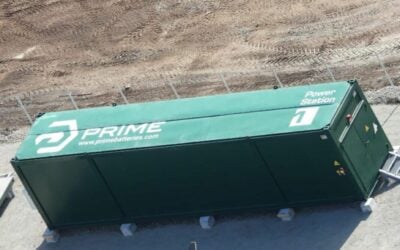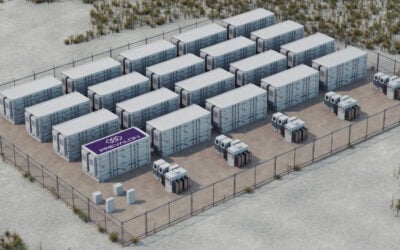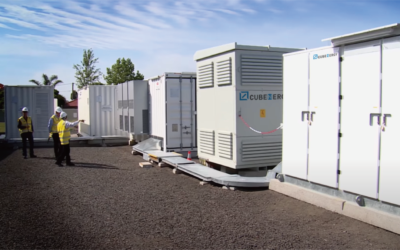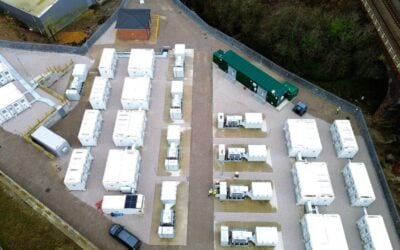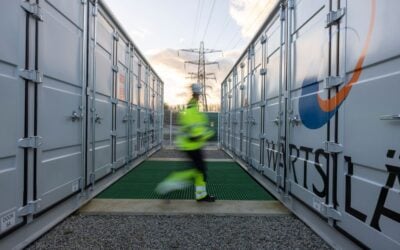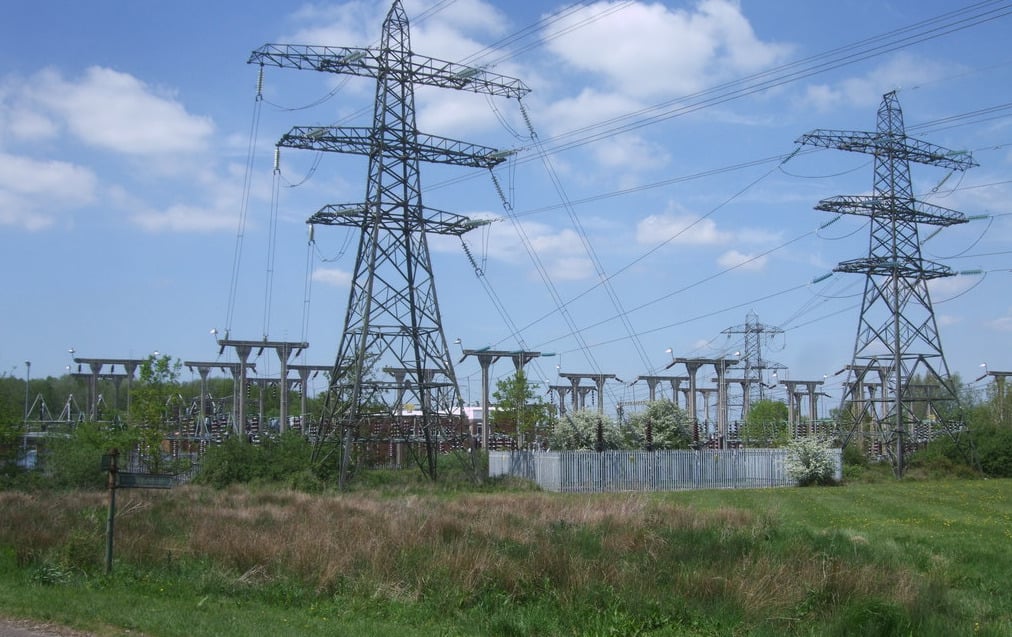
The EU is bringing in increased security requirements for energy assets including energy storage as the risks grow, particularly in Central and Eastern Europe (CEE).
Energy is critical infrastructure and energy storage units will effectively be the ‘nodes’ of the future grid, one delegate said at last week’s Energy Storage Summit Central and Eastern Europe (CEE) 2024 in Warsaw, Poland, organised by our publisher Solar Media.
Enjoy 12 months of exclusive analysis
- Regular insight and analysis of the industry’s biggest developments
- In-depth interviews with the industry’s leading figures
- Annual digital subscription to the PV Tech Power journal
- Discounts on Solar Media’s portfolio of events, in-person and virtual
Or continue reading this article for free
With that comes the threat of vandalism and theft, Michael Johansen, global key account manager at smart locking solutions firm iLOQ said.
“These could be an external or internal threat, and if you go to a larger perspective, things like sabotage and other attempts to disrupt the wider economy are possible too,” he said, speaking to Energy-Storage.news at the event.
“Without going into specific countries or regimes, there could be an interest from some countries to disrupt the power grid in Europe and CEE specifically. There is a political situation going on now where infrastructure might be subject to sabotage.”
“It’s hard to say how big or small the risk of these things is. These events are not something you post about on Linkedin, and will not be mentioned if they are successfully prevented.”
Energy-Storage.news recently reported on Russia’s military attacks on Ukraine’s electricity grid, and how battery energy storage systems (BESS) are being built to help mitigate against the risks of outages. Military attacks from the air are a whole separate issue but the threat of an ‘inside man’ can be mitigated against, Johansen said.
Energy assets are currently mainly secured with a mechanical key and moving to a digital solution, to help compliance with the EU’s new rules, is a challenge. Two new EU directives – NIS 2 and CER – are increasing the requirements around physical security and cybersecurity for energy assets including energy storage.
“While NIS focuses mainly on cybersecurity and CER more on physical security – Both NIS 2 & CER Directives recognise that physical security threats pose significant risks to organisations operating in sectors critical to a smoothly running modern society (including energy),” he added.
One of the requirements is having an audit trail of who has entered the grounds of an energy unit. The US has an equivalent rule around having an audit under the NERC CIP (North American Electric Reliability Corporation Critical Infrastructure Protection) standards.
Physical security for energy storage projects was the subject of an article in a 2023 edition of Solar Media’s PV Tech Power quarterly journal, mainly focused on the US and emerging markets. In it, academic Jeffrey Hoaglund from Sandia National Laboratories (SNL) similarly said that energy storage could increasingly be targeted because it is a critical node in in the grid of the future.

